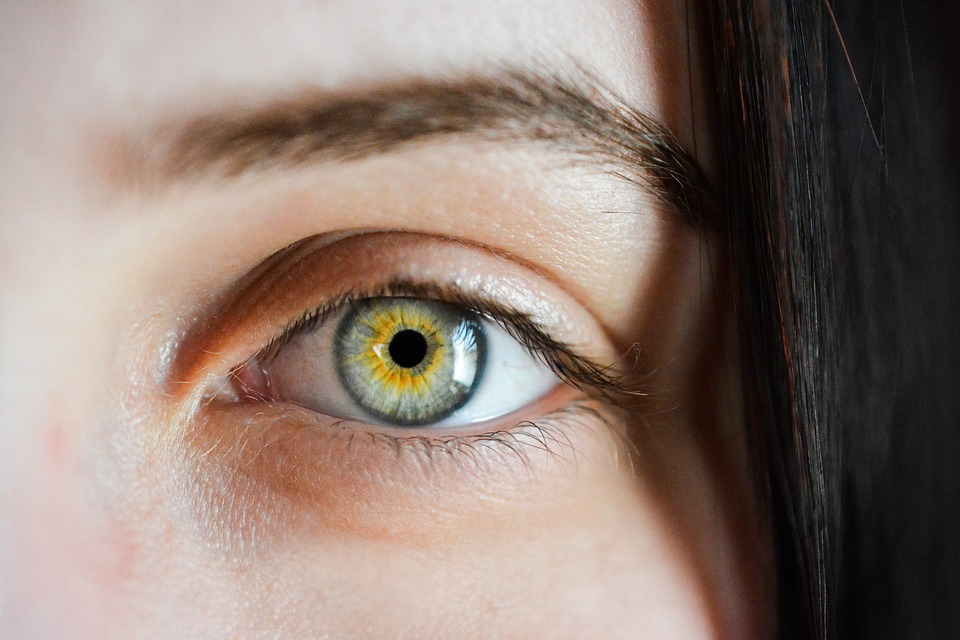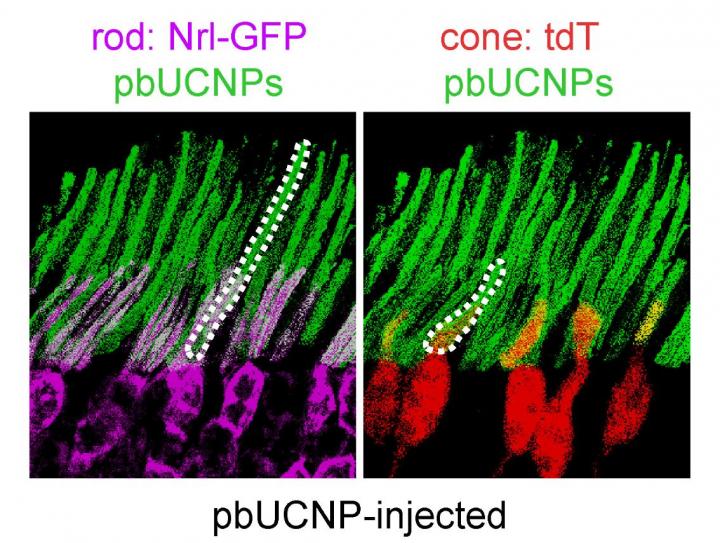Researchers able to give mice infrared vision with injection of nanoparticles
Imagine in the future, you can put some eye drops in your eyes and get infrared vision, or basically night vision. It may not be that far off, as researchers have been able to give mice infrared vision by injecting their eyes with nanoparticles.
Visible vs. Infrared
People and mammals see in the visible light wavelength. In other words, we see light, as in the colors of the rainbow. Infrared light has a longer wavelength but we cannot see it, because the photoreceptors in our eyes cannot catch these longer wavelengths. Infrared radiation is also emitted as heat from people, animals and objects.
If you can see infrared light, you basically have night vision, and can see heat radiating and reflecting off people and objects.
Infrared Vision for 10 Weeks
In the aforementioned experiments, after getting a single injection of nanoparticles, the mice gained infrared vision for up to 10 weeks. There were minimal side effects noticed. The mice could even see infrared light during the day.
The study was a collaboration between researchers at the University of Science and Technology of China, and the University of Massachusetts Medical School. The mice were injected with nanoparticles into their eyes that bound tightly to photoreceptor cells. These nanoparticles acted as tiny infrared light transducers.
In other words, the nanoparticles bound to the photoreceptors in the mice’s eyes and absorbed the longer wavelength of infrared light. The nanoparticles then, in turn, emitted light of shorter wavelengths within the visible light range. This visible light is then absorbed by the photoreceptors in the mice’s eyes.
In short, the nanoparticles made it possible for the mice to see infrared light (normally invisible) as green visible light.
The researchers verified that the the mice could sense the infrared light by testing them in mazes. The mice’s eyes also responded to infrared light, such as their pupils constricting.
Not Much Side Effects
Interestingly, there were not many side effects noticed from the nanoparticle injections. One effect was cloudy corneas, but that disappeared in less than a week. Also, no changes in the structure of the mice’s retina were detected.
Superhuman Vision?
This technology could have interesting implications. Being able to see better at night is obviously a major benefit.
Imagine workers in mines having infrared vision. Divers in the dark depths of the oceans would be able to see better. If you’re driving late at night on a dark road, infrared vision can increase your safety by letting you have night vision. These are just “science fiction” speculation though, but the practical applications could be real in the near future
The applications may not necessarily be confined to infrared vision. It could help people with vision problems. For example, this technology can be used to fine tune the photoreceptors in the human eyes, thus sharpening your vision.
Of course, there are also military applications. Soldiers who can see heat signatures and have night vision would have a big advantage during combat.
The ability to generate mammalian infrared vision by binding nanoparticles to the photoreceptors of the eyes thus have promising applications. In the future, look for maybe eye drops of nanoparticles that could sharpen you vision … or even give you infrared vision.
Science Converse Ice Breaker
Did you know it may be possible in the future to get infrared night vision by putting some eye drops in your eye?
- Scientist have injected nanoparticles into eyes of mice
- These nanoparticles bind to the photoreceptors in the eyes of the mice
- The nanoparticles then convert invisible infrared light into green visible light that the mice could see
- The infrared vision lasted up to 10 weeks with minimal side effects
- Imagine buying eye drops that can give you night vision or let you see heat signatures
Reference: Cell, Ma et al.: Mammalian Near-Infrared Image Vision through Injectable and Self-Powered Retinal Nanoantennae. https://www.cell.com/cell/fulltext/S0092-8674(19)30101-1

